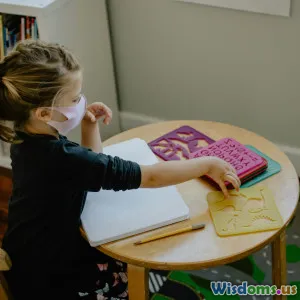
Comparing ADHD and Dyslexia Strategies What Really Works
13 min read Explore effective strategies for ADHD and dyslexia, how approaches differ, and what helps most for each condition. (0 Reviews)
Comparing ADHD and Dyslexia Strategies: What Really Works
Living with ADHD (Attention Deficit Hyperactivity Disorder) or Dyslexia presents unique day-to-day challenges for children and adults alike. While both are neurodevelopmental disorders affecting learning and productivity, they manifest differently. Understanding what approaches work best—and for whom—is key to unlocking potential. Let's explore evidence-backed strategies for managing ADHD and Dyslexia, how they overlap, and the ways tailored support makes a real difference.
Understanding the Differences and Similarities

It’s crucial to first distinguish how ADHD and Dyslexia differ and where they intersect:
- ADHD primarily affects attention, self-control, and activity levels. It’s not a problem of capability but of regulation—people might know what to do but struggle to act on it.
- Dyslexia is a language-based learning issue, hindering accurate and fluent word recognition, spelling, and decoding abilities. Intelligence is not affected; the hurdles are reading, writing, and sometimes math (dyscalculia).
Overlap exists, too. For instance, the International Dyslexia Association reports that about 30–40% of people with dyslexia also meet criteria for ADHD, and vice versa. This co-occurrence can obscure diagnosis or complicate which interventions will work best.
Evidence-Based ADHD Strategies That Count
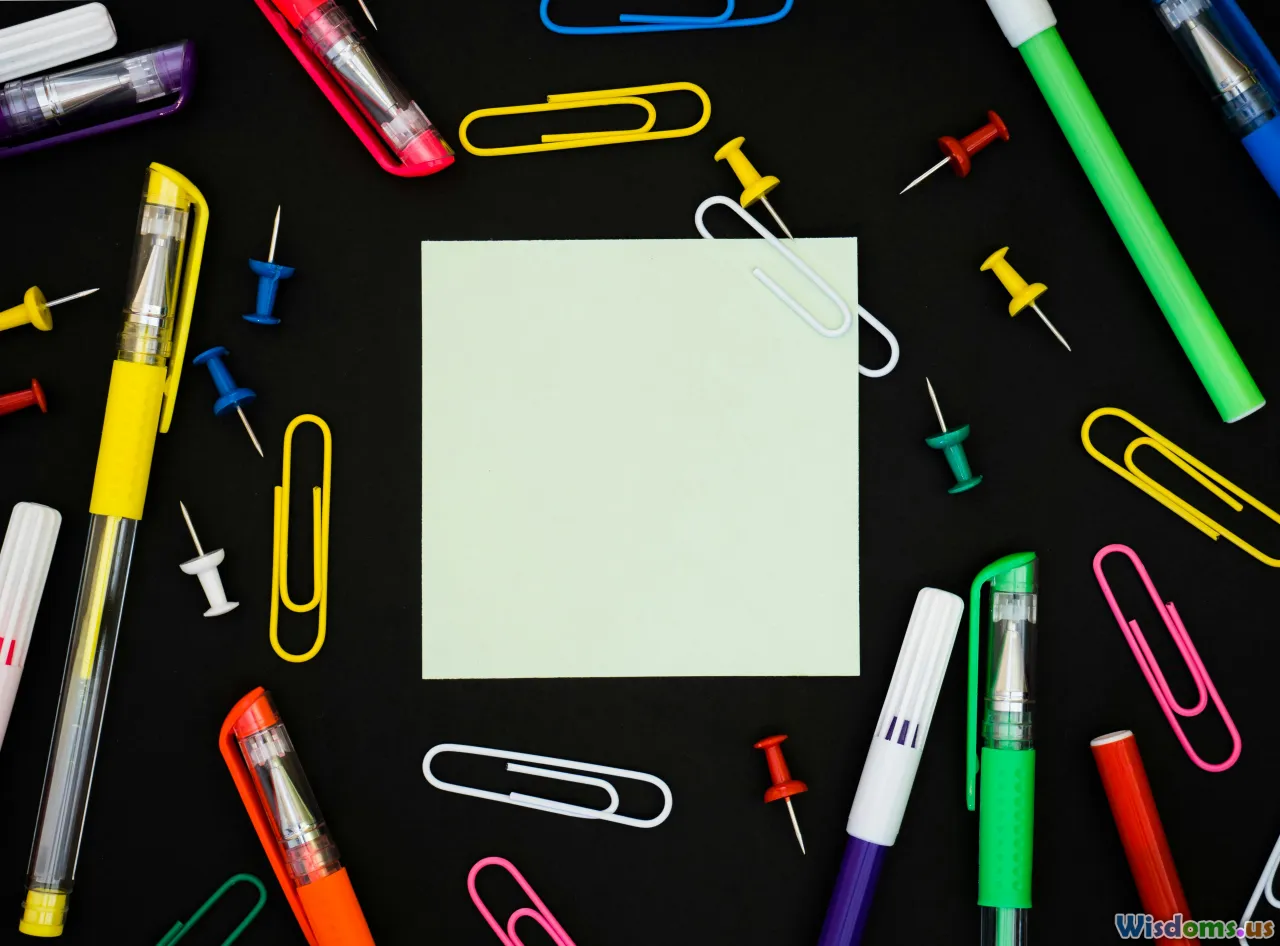
Structure and Consistency
ADHD brains thrive with routine. Creating external structures supports executive functions (like planning, prioritizing, and recall). For example:
- Daily Schedules & Visual Planners: Break tasks into actionable steps. Tools like color-coded calendars or apps (e.g., Todoist, Google Calendar) cue completion. For one adult recently diagnosed, mapping tasks onto a visual schedule improved productivity by nearly 50% in a month.
- Clear Boundaries: Use audible timers or sticky notes to mark work sessions and breaks. Pomodoro Technique (25 minutes focus, 5 minutes rest) is a favorite among adults managing ADHD.
Environmental Modifications
- Minimize Distractions: Simple changes—earplugs, noise-cancelling headphones, or even a white noise machine—help sustain focus. One 2018 study found students performed 15% better on challenging tasks when distraction was managed.
- Desks and Sensory Seating: Wiggly seats, standing desks, or fidget tools can help restless students (and adults) channel energy positively.
Behavioral Interventions
Cognitive-behavioral approaches focus on breaking tasks into steps and rewarding small successes. Whether through positive reinforcement or digital badges, these reward systems can motivate completion.
Proven Dyslexia Interventions That Work
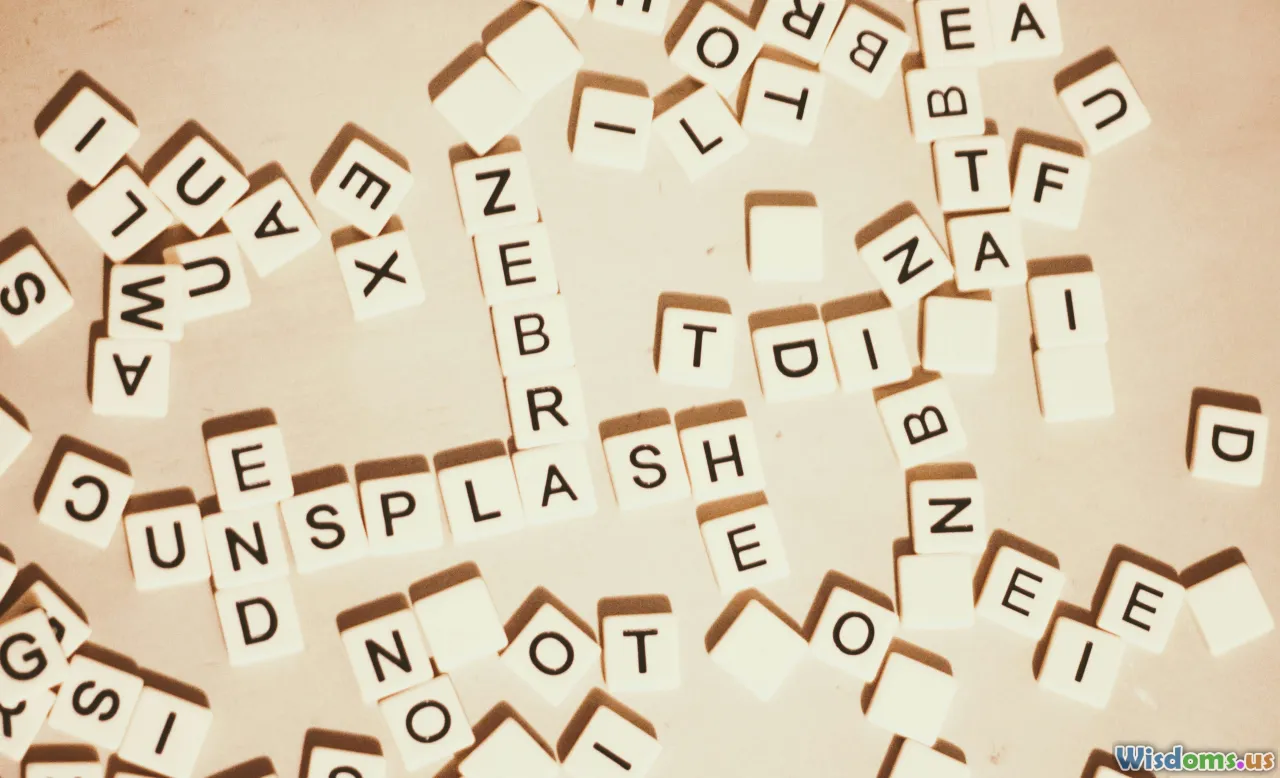
Multisensory Instruction
- Orton-Gillingham Approach: The gold standard for dyslexia, using visual, auditory, and kinesthetic learning together. Example: tracing letters in sand while saying the sound.
- Wilson Reading System & Barton System: Structured, sequential programs that teach connections between sounds and letters, helping to improve decoding skills. These are used internationally with robust evidence behind their efficacy — students in a 2020 review gained an average of 1.5 reading grade levels in a school year.
Assistive Technology
- Text-to-Speech (TTS): Tools like NaturalReader or built-in Mac/PC options turn written words into spoken language, boosting comprehension and independence.
- Speech Recognition Software: Helps with writing tasks, allowing users to dictate thoughts and bypass spelling challenges (e.g., Dragon NaturallySpeaking).
Explicit Phonics and Repetition
- Systematic Phonics Drills: Focused practice in breaking down words (phonemic awareness) is essential. Programs like Lexia or Reading Rockets guide learners through this progressively.
- Sight Word Practice: Games and apps that drill sight word recognition can expedite reading fluency in a way that's fun.
Where ADHD and Dyslexia Support Overlap

Many students and adults face both ADHD and Dyslexia; thus, strategies often intertwine. Consider these combined approaches:
- Chunking Tasks: ADHDers benefit from minimizing overwhelm, and so do people with Dyslexia when reading or writing. Breaking things into manageable pieces is a win-win.
- Flexible Workspaces: Multiple learning stations at home or school can cater to focus needs and reduce reading pressure.
- Regular Movement Breaks: Both groups experience cognitive fatigue; movement recharges and boosts nutrient flow to the brain.
- Goal Charts: Setting visual goals, whether mastering five new sight words or finishing a worksheet, with clear rewards helps both ADHD and dyslexic learners.
A real-world example: In a 2021 Ontario classroom, incorporating both task chunking and multisensory word games for students with combined diagnoses led to 70% more completed assignments by term’s end.
Adapting School Environments: Case Studies and Best Practices
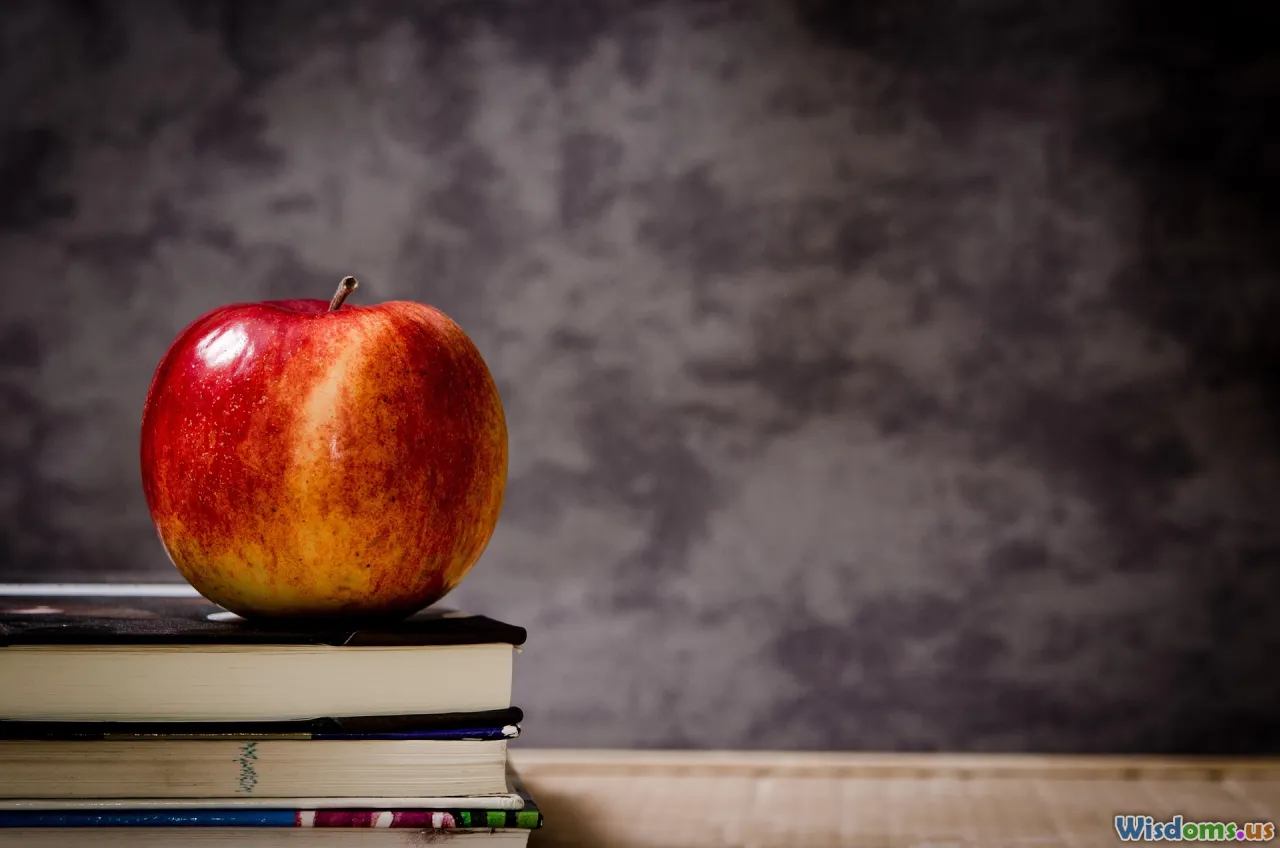
Schools play an outsized role. Let's look at what truly helps:
Flexible Timetables and Extra Time
- Extended time on tests levels the field, reducing anxiety for students with reading or attention challenges.
- Allowing test-breaks or oral responses offers alternative paths to showing knowledge.
Trained Support Staff
- Co-teaching models (general and special education teachers working together) offer differentiated instruction, benefiting both diagnoses.
- Dedicated reading specialists with Orton-Gillingham credentials can tailor interventions.
Classroom Accommodations
- Preferential seating limits distractions and ensures access to guidance.
- Use of audiobooks, enlarged print, or colored overlays can assist reading comprehension.
Real Success Example: In a Georgia middle school, implementation of classroom-wide assistive tech combined with tiered coaching led to a 60% increase in standardized literacy test scores for students with ADHD and/or Dyslexia within a single school year.
Harnessing Technology: Cutting-Edge Solutions

Technology hasn’t just caught up—it leads the way in support strategies.
ADHD-Focused Apps:
- Focus@Will: Uses neural phase-locking music to enhance attention.
- Forest: Grows a virtual tree while you focus; leave the app, the tree dies. Great for teens, especially.
Dyslexia-Supportive Tools:
- Ghotit Real Writer: Specialized word processor corrects spelling errors based on sentence context.
- ClaroRead: Highlights as it reads, supporting tracking and comprehension.
Universal Tools:
- Google Read&Write Extension: Offers a suite of reading and writing support features for Chrome browsers.
- Livescribe Smartpens: Record audio while taking notes; great for reviewing spoken information after class.
In a recent EdTech pilot in the UK, students given consistent access to these tools reported a 35% reduction in daily struggles, with teachers noticing an overall increase in classroom participation.
Empowering Families: Home Strategies That Matter

Parents and caregivers are integral to success, so practical aids at home are crucial.
Routine and Visual Prompts
- Large family calendars, to-do lists on the fridge, and visual schedules on bedroom doors anchor daily activities.
- Setting timers for homework/break cycles mirrors school supports.
Reading Together—With a Twist
- Use e-readers with adjustable backgrounds or audio syncing for shared reading experiences.
- Try paired reading, alternating sentences or paragraphs, to make reading social and less intimidating.
Celebrate Strengths
- Focus on talents and interests beyond academic performance—sports, art, music, or coding—to bolster self-esteem.
- Hold regular "success circles," where everyone shares something they've improved upon that week.
Home Example: One California family started using Alexa reminders for everything from feeding the dog to reviewing flashcards. The result? Their child's meltdowns around forgotten tasks dropped by over half in two months.
Professional Pathways: When to Seek Specialized Help
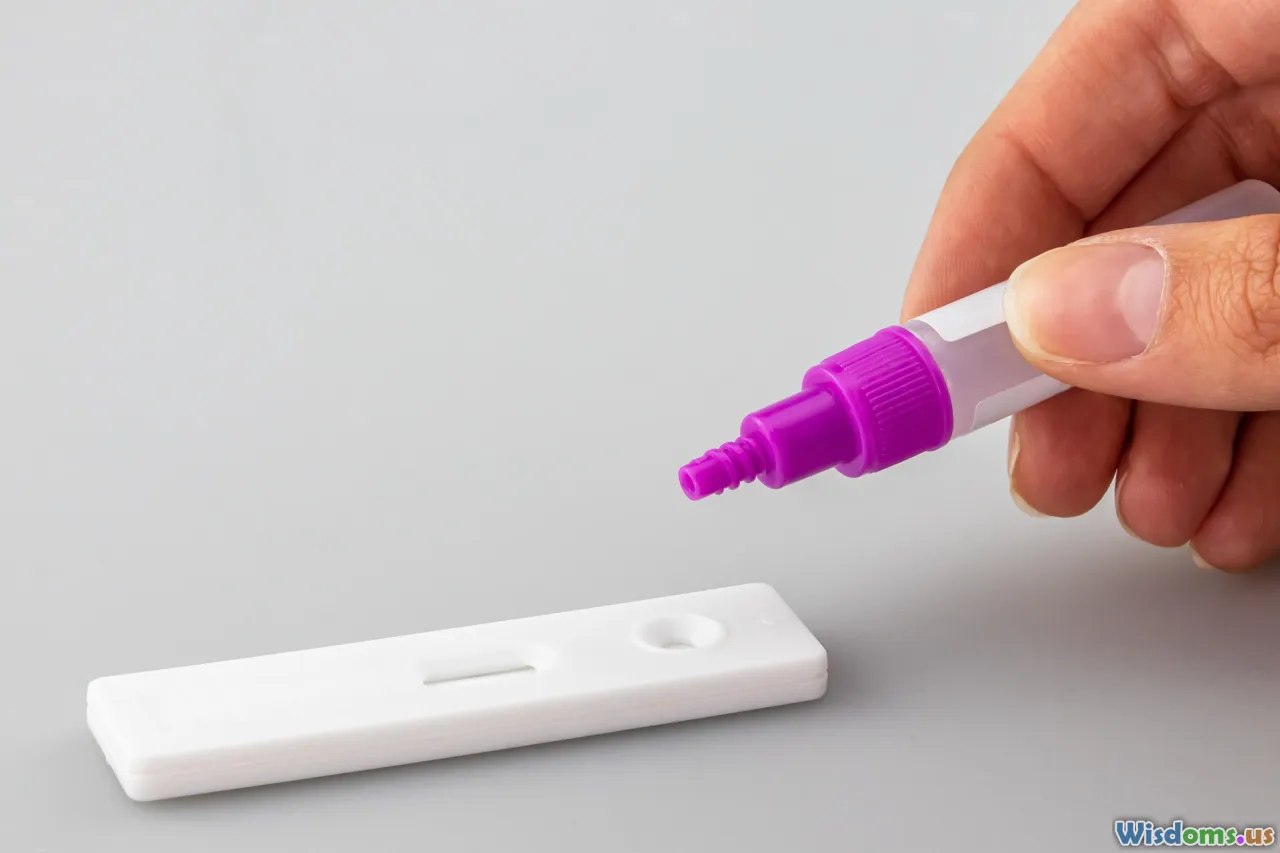
While home and school efforts are vital, sometimes expert help is necessary.
Assessment & Diagnosis
- Seek a trained psychologist, neuropsychologist, or educational therapist for formal diagnosis.
- Early, specific intervention correlates with better academic and life outcomes (National Institutes of Health, 2019).
Therapy and Coaching
- ADHD: Cognitive-Behavioral Therapy (CBT), executive function coaching, and medication (when indicated), have robust evidence of efficacy.
- Dyslexia: Targeted language remediation with a certified specialist often produces best results. Speech-language therapy may assist with underlying processing difficulties.
Advocacy and Legal Considerations
- Know your rights under the IDEA and ADA (U.S.) or the EHCP process (UK). Individualized Education Programs (IEPs) and 504 Plans in schools mandate accommodations.
- Advocates can help families navigate assessments, school meetings, and appeals.
In one case, a student in Michigan regained two years of academic progress in less than a year with the combination of an IEP, weekly Orton-Gillingham sessions, and organizational coaching.
Empowering Self-Advocacy: Fostering Independence

Teaching individuals to speak up for their needs is potentially the most empowering strategy of all.
- Role-play scenarios with students or children practice how to ask for help or accommodations.
- Self-monitoring: Keeping journals or rating scales for attention, mood, or reading success increases self-awareness.
- Leadership Roles: Give responsibilities (e.g., classroom tech-helper, reading buddy) that celebrate strengths rather than focusing on challenges.
Powerful example: In a survey of college freshmen with learning differences, those who disclosed their diagnoses and requested accommodations had GPAs nearly 0.7 points higher than those who did not.
While ADHD and Dyslexia are distinct, the quest to find what really works is grounded in empathy, evidence, and the willingness to iterate. Combining proven strategies—tailored to individual needs—can transform challenges into strengths, fostering not only skills but confidence. Success is never one-size-fits-all, but with the right mix of tools, support, and self-advocacy, thriving becomes the norm rather than the exception.
Rate the Post
User Reviews
Other posts in Mental Health
Popular Posts















